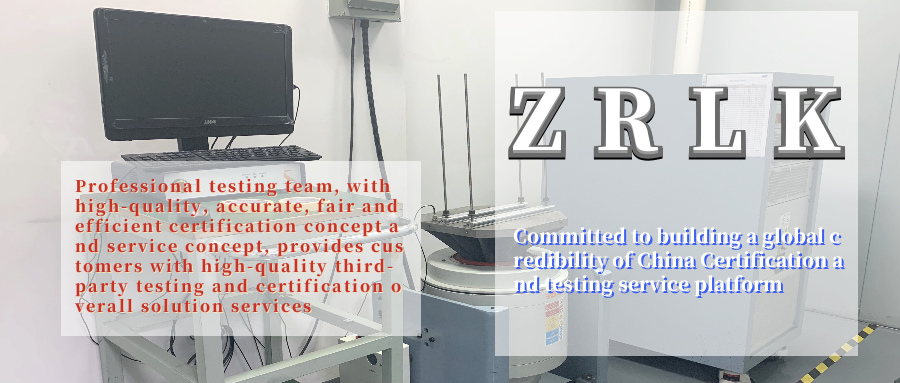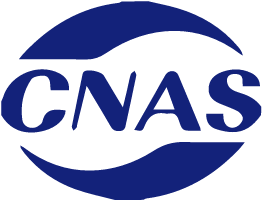
Project Introduction
Contact resistance is the resistance of a current flowing through a closed contact point in time. This type of measurement is performed on components such as connectors, relays, and switches. The contact resistance test can understand the connection quality of the line and its conductive characteristics, to avoid dangerous overheating of the contacts.
Contact resistance formation principle
Observe the surface of the connector contact under the microscope. Although the gold layer is very smooth, you can still observe the convex part of 5-10 microns. It will be seen that the contact of the pair of mated contact pieces is not the contact of the entire contact surface, but the contact scattered at some points on the contact surface. The actual contact surface must be smaller than the theoretical contact surface. Depending on the smoothness of the surface and the size of the contact pressure, the gap between the two can be several thousand times.
The actual contact surface can be divided into two parts: one is the real metal-to-metal direct contact part. That is, the contact microdots without transition resistance between metals, also known as contact spots, are formed after the interface film is destroyed by contact pressure or heat. This part accounts for about 5-10% of the actual contact area. The second is the part that contacts each other after contaminating the film through the contact interface. Because any metal has a tendency to return to the original oxide state.
In fact, there is no truly clean metal surface in the atmosphere. Even if a very clean metal surface is exposed to the atmosphere, it will quickly form an initial oxide film of a few microns. For example, copper takes only 2-3 minutes, nickel takes about 30 minutes, and aluminum takes only 2-3 seconds to form an oxide film with a thickness of about 2 microns. Even the particularly stable precious metal gold, due to its high surface energy, will form an organic gas adsorption film on its surface. In addition, dust and the like in the atmosphere also form a deposited film on the surface of the contact. Therefore, from the microscopic analysis, any contact surface is a contaminated surface.
Factors affecting contact resistance
1. Contact form
2. Contact pressure
3. The finish of the contact surface
4. Stability of contact resistance in long-term work
5. Temperature
6. Material properties
7. Use voltage and current
Testing requirements
1. Test with 300V insulation resistance meter.
2. The contact resistance of the tested product should be less than 1Q.
3. The test product must be above 5PCS.
Test description
1. Qualified contact resistance test does not mean reliable contact. The test proves that it is only used to check whether the static contact resistance is qualified, and it cannot guarantee the reliable use of the contact in a dynamic environment.
2. The contact resistance is mainly affected by factors such as contact materials and surface conditions.


BSCI certification is an abbreviation of BusinessSocialComplianceInitiative, and Chinese is called business social standard certification. BSCI is an organization that advocates the business community to abide by social responsibility. At the same time, it is a non-profit organization.

CMA, the name is \"China Metrology Accreditation\", the abbreviation of \"China Metrology Accreditation\" in English. According to the provisions of Article 22 of the Metrology Law of the People’s Republic of China: “The product quality inspection agency that provides notarized data to the society must be evaluated by the metrological administrative department of the people’s government at or above the provincial level for the capability and reliability of metrological verification and testing. Qualified.\"

Laboratory accreditation is a third-party certification that CNAS has the ability to perform specific testing and calibration work for testing and calibration laboratories.
Contact resistance is the resistance of a current flowing through a closed contact point in time. This type of measurement is performed on components such as connectors, relays, and switches. The contact resistance test can understand the connection quality of the line and its conductive characteristics, to avoid dangerous overheating of the contacts.
Get a quote